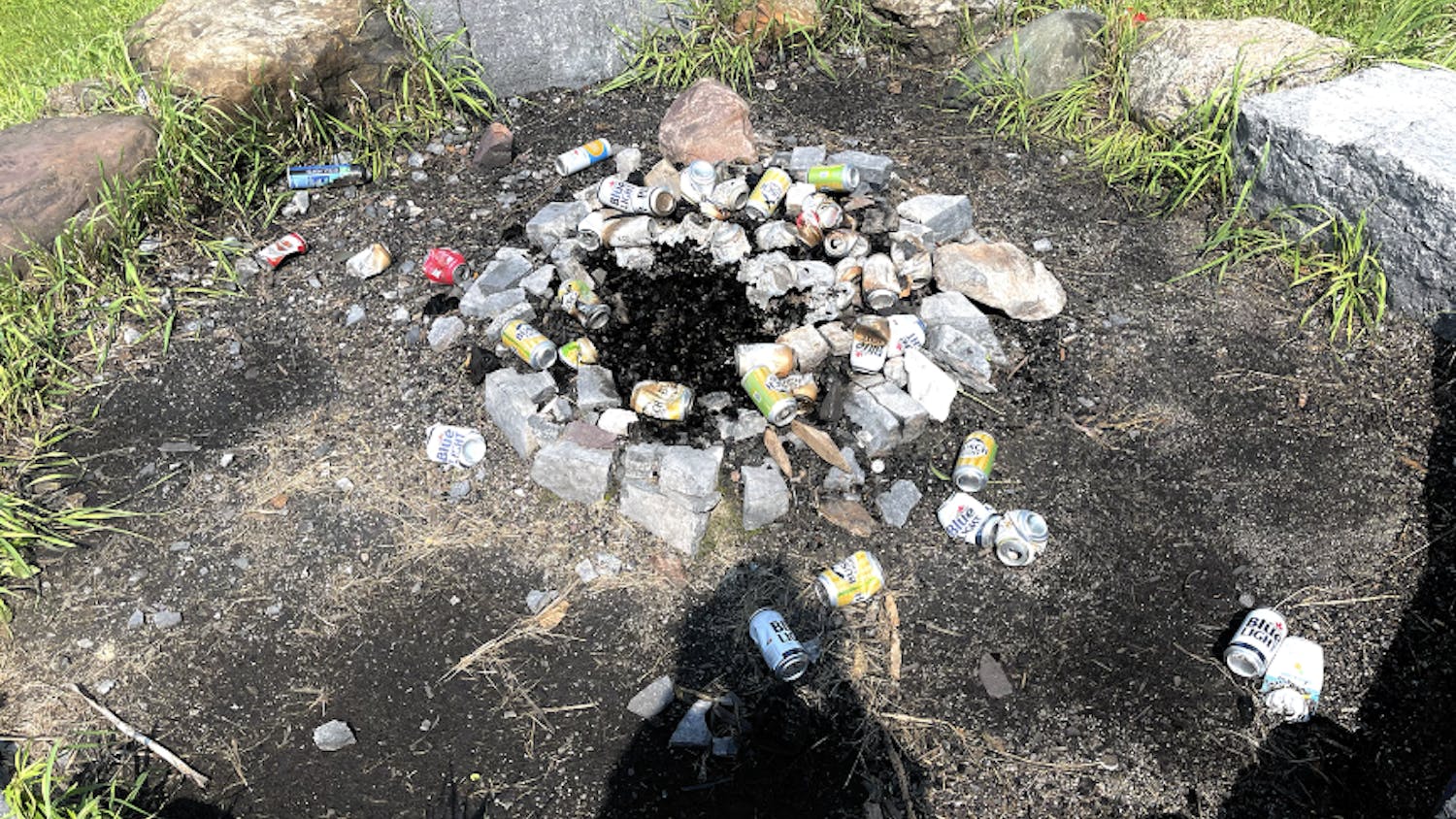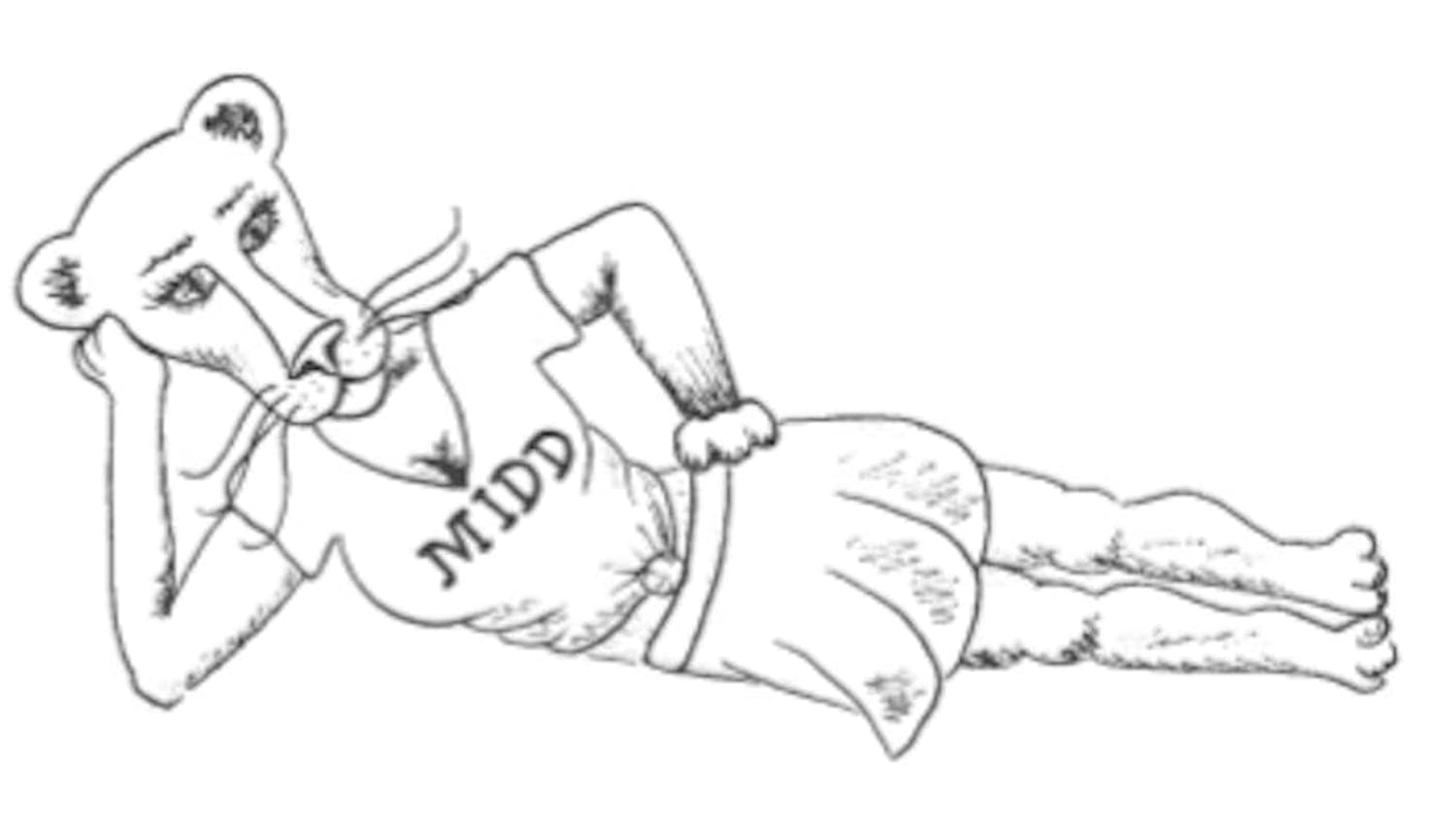Author: Amanda Cormier
It was clear from the extended standing ovation that followed Sheyenne Brown's groundbreaking performance of "A Colored Girl's College Tour" on March 6 that her art had achieved something monumental among the College community: she'd touched a nerve.
But although I was moved to tears by her one-woman performance and emphatically added my own applause, I felt a sinking sense of discomfort once I sat back down.
Brown shared her experiences with race, gender and class at college with candidness I'd previously only read on Middlebury Confessional. After six months at Midd, I'd been under the impression that it was impolite to talk about these things outside of a SOAN or WAGS classroom. After the show, there was nothing left to do but think.
Her examples of institutional intolerance were striking - whether it was the disciplinary discrepancy between a white and black student involved in an altercation or a professor's request that Brown "interpret" slang for an international student. And as she narrated these anecdotes, she also showcased her writing chops by providing a tentative resolution to the conflicts she encountered: after a semester at Spelman, she returned to Middlebury with newfound passion for starting an Africana Studies program.
And, having a penchant for resolution, I felt a sense of satisfaction. Brown saw wrongdoing, and acted.
But her examples of inter-student racism - withdrawn from the College as an institution - left me aching for some sort of resolution to the disgusting displays of intolerance she recalled. A collective wince moved through the audience as she described racist and misogynistic posts on Middlebury Confessional, and when she recalled a time when a student called another the n-word.
In the question-and-answer session after the packed performance, Brown divulged that, for the most part, her years here had not been the easiest. And while a lot of that may be due to the institutional intolerance she encountered, I'd venture to say that social time - time outside the protected realm of the classroom, outside "utopia" - caused Brown the most distress. That's because it has for me, and several others I talked to who had also seen the show.
Institutional intolerance can be addressed in concrete ways: protests of disciplinary discrepancies, symposia on diversity without tokenism and the addition of programs like Africana Studies can provide constructive improvements to the College.
But it is much harder to foster true tolerance between students from strikingly different backgrounds. Although the College is composed of a primarily white, upper/middle-class demographic, each student here can claim unique experiences in the matrix of race, gender, class and status. We're bound to experience friction. We're thrown into this hand-selected mix without a primer for interacting with people who are truly different from ourselves - a concept that seems trite when considering our academic qualifications, but absolutely crucial when considering that the phrase "nappy-headed hos" once appeared in our community.
But during social gatherings, we pretend these differences don't exist. We exchange a rushed "Hi, how are you!?" to nearly every person we meet, shying away from discussion of what makes us different. And although it may be unpleasant, the omission of the circumstances that brought us here is dishonest and intolerant. It is a disgrace to pretend we are all the same.
Sincerity like Brown's is not something that can be shared on a first date or over a casual panini at FIC - it took years before Brown felt comfortable enough here to share her story. For the most part, it is up to the individual student to generate honest dialogue about race, gender, status and what it all means at Middlebury.
But the College needs to prompt this kind of dialogue.
For one: nix the icebreakers. I came out of first-year orientation with few lasting relationships; only the knowledge that Miniature Tanks is really fun and that no one else in Stew claims the water chestnut as a favorite vegetable.
Students should have more opportunities to learn from students. The honesty that feels safe in an academic setting can take place in dorm rooms, but more student-led discussions would bridge the gap between the academic and the social. We are a thriving cross-section of the world as it exists, and we need to be able to add our voices to the professor-dominated critical discussion of society. For example: a lecture on the meaning of hip-hop in Baltimore may be more effective if led by a student who - wait for it - learned hip-hop dance while living in Baltimore.
A liberal arts education is abstract. We enter a cloistered classroom with a friendly professor and talk about topics that often have little discernible connection to what we see in the headlines. Free-flowing dialogue between students outside of the classroom on the topics that affect us in our hometowns and in our own lives - race, gender, poverty, status, class - that is what will infuse our degrees with true meaning, grounding from intellectual abstraction. We need to speak, and do it loudly.
Until then, we can only stand up and applaud those who do.
Notes from the Desk True liberal arts discussion
Comments



